INSTRUCTOR: Lesli J Wood, PhD
DISCIPLINE: Geoscience
COURSE LENGTH (DAYS): 5 Days
CEUS: 4.0
AVAILABILITY: In-House & Live Online
ATTEND AN UPCOMING CLASS:
Contact SCA’s Training Department at training@scacompanies.com to schedule an In-House course.
COURSE DESCRIPTION: Reservoir characterization is an integrated process of understanding the physical nature of your clastic reservoirs and how to bring that knowledge to an earth model. This 5 day course examines the various types of clastic reservoirs within the context of regional influences and controls on their nature. Emphasis is placed on the variety of styles and causes of compartmentalization of these reservoirs and associated development and production issues. We focus on how to recognize and define compartmentalization in various types of data, and to predict problems prior to development using an understanding of the contextual stratigraphic framework. We discuss the importance and recognition of key bounding surfaces and the processes associated with deposition that can lead to complexity in reservoir architecture. Reservoir types discussed include fluvial, deltaic, paralic, shelf and off-the-shelf slope and deeper water systems. Topics in the course include the importance of and process of building a stratigraphic framework, interpretation of clastic reservoirs in logs, core, outcrop and seismic, seismic geomorphology of clastic reservoirs, using quantitative analogs, integrated earth models and the modelling process, and bias in risking and decision making. Numerous case studies are used throughout to explain the various topics. In-class exercises are completed to demonstrate the principles and techniques.
PARTICIPANTS MUST BRING THEIR OWN LAPTOPS FOR THIS COURSE.
LEARNING OUTCOMES:
- Participants will come away from the seminar with a working knowledge of the reservoirs common to fluvial, paralic, shelfal, deltaic and deepwater settings and how they distribute themselves in a regional stratigraphic framework.
- Participants will understand how to map clastic depositional systems in the subsurface and how to integrate those data in reservoir models.
- Participants will achieve a general level of knowledge in recognizing the criteria (rock, log, seismic) which differentiate the variety of clastic reservoir types
- Participants will learn the scales and types of heterogeneities that characterize clastic reservoirs, and understand the influence that these heterogeneities exert on reservoir performance.
- Participants will understand bias and risk, and how to account for these issues in assessment and modeling.
COURSE CONTENT:
- Geologist, geophysicist and engineer roles
- High-frequency sequence stratigraphy
- Source-to-sink clastic systems
- Clastic reservoir dimensions and architecture
- Modelling clastic reservoirs
- Calculating geo-body dimensions
- Recognition of facies and facies associations
- Porosity and permeability of clastic elements
- Flow units, upscaling and shale architecture
- Influence of structure on gravity deposition
- Practical exercises in clastic systems
- Cognitive bias in risk and assessment
